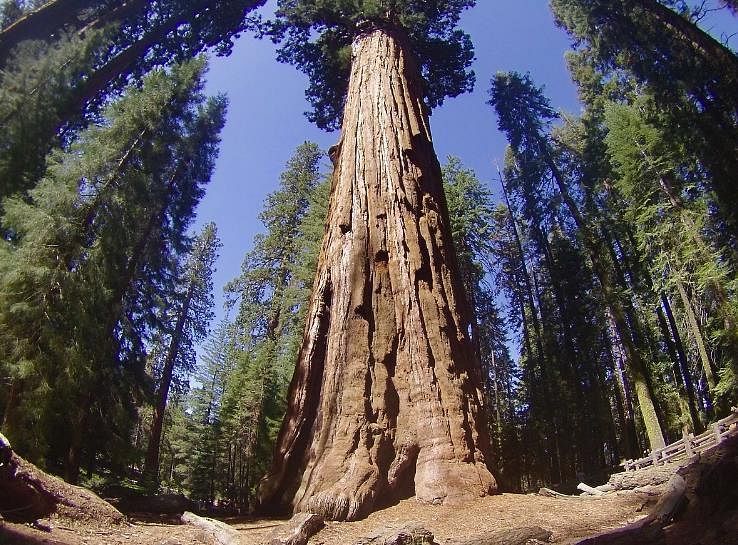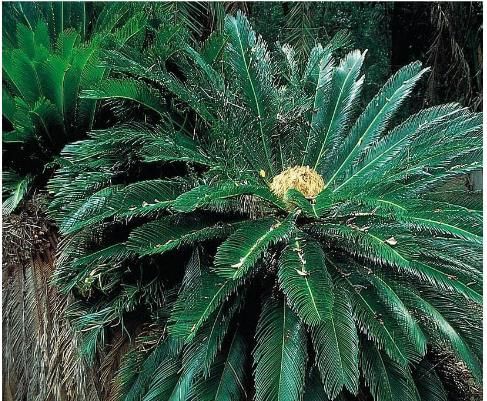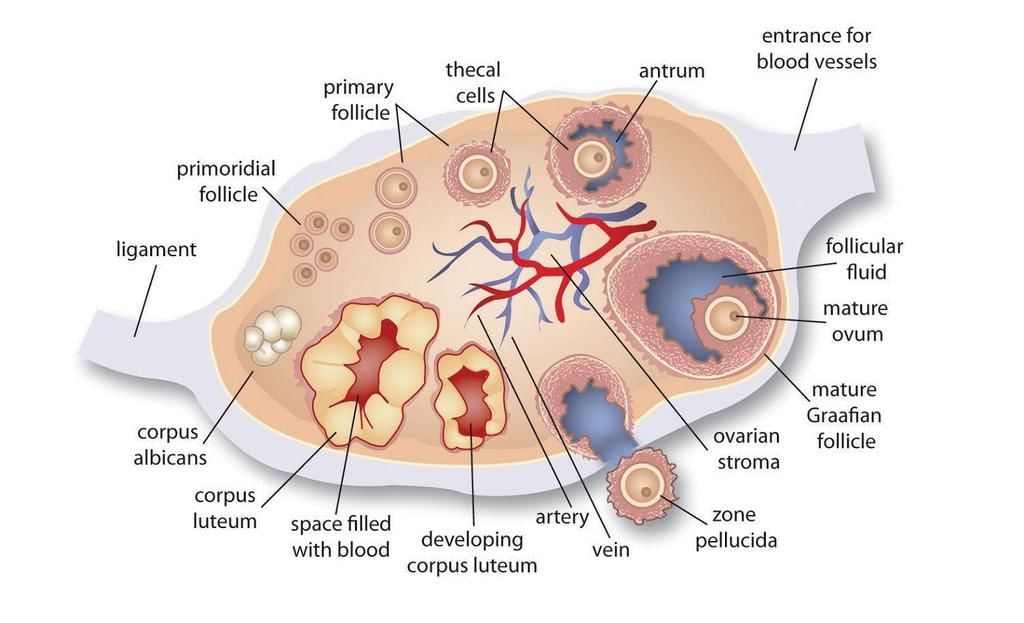OSSSC TGT Science CBZ Mock Test - 6 - OTET MCQ
30 Questions MCQ Test OSSC TGT Mock Test Series 2025 - OSSSC TGT Science CBZ Mock Test - 6
Factor 'g' or the general factor is associated with
A teacher tries to know the potentialities of her students. The field that is related to this objective is
You have applied for the post of a geography teacher in a school. If you are asked in the interview about the skills that are needed by a geography teacher to make the students understand maps, what would be your answer?
TV is a far better teaching aid than radio as it
Answer the following question by selecting the most appropriate option.
Seema is desperate to score A+ grade in an examination. As she enters the examination hall and the examination begins, she becomes extremely nervous, Her feet go cold, her heart starts pounding, and she is unable to answer properly. The primary reason for this is that:
The xylem which differentiates has a thick secondary wall made of
Which gymnosperm is one of the tallest tree species and is famously known as the giant redwood tree?
The splitting of water molecules is associated with:
For fixing one molecule of CO2 in Calvin cycle, required:
All changes that an organism goes through during its life cycle is called as
How many electrons and protons are produced during the photolysis of water?
When yeast ferments glucose, the products are
If the volume of CO2 liberated during respiration is more than the volume of O2 used the respiratory substances will be
Cold-blooded animals fall under the category of:
Directions: In the following question, two statements are given. One is assertion and the other is reason. Examine the statements carefully and mark the correct option.
Assertion: Both amino group and acidic group act as substituents on the same carbon called α-amino acids.
Reason: Amino acids are inorganic compounds containing an amino group.
Each question consists of two statements, namely, Assertion (A) and Reason (R).
Assertion (A): Prokaryotes have a one envelope system.
Reason (R): There is not even a single membrane that surrounds the prokaryotic cell.
For selecting the correct answer, use the following code:
How are the non-motile pollen grains carried to the female gamete?
If 10 joules of energy is available at the producer level, then amount of energy present at the level of secondary consumer is
Urethra is an 8 to 10 inch long muscular tube. The urethra passes through the prostate glands and end at the_________.
An element has atomic number 79. Predict the group and period in which the element is placed.
As applied to periodic table, which of the following sets include only magic numbers -
Which of the following represents a correct chemical formula?
Which out of the following is a heterogeneous mixture?























